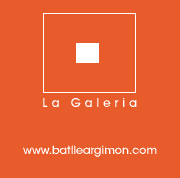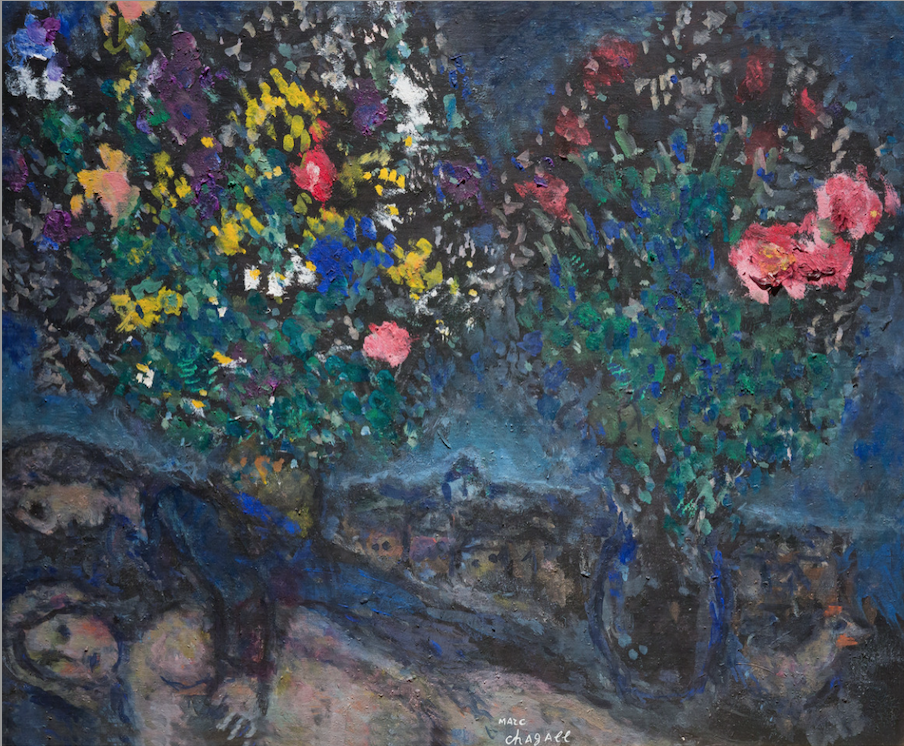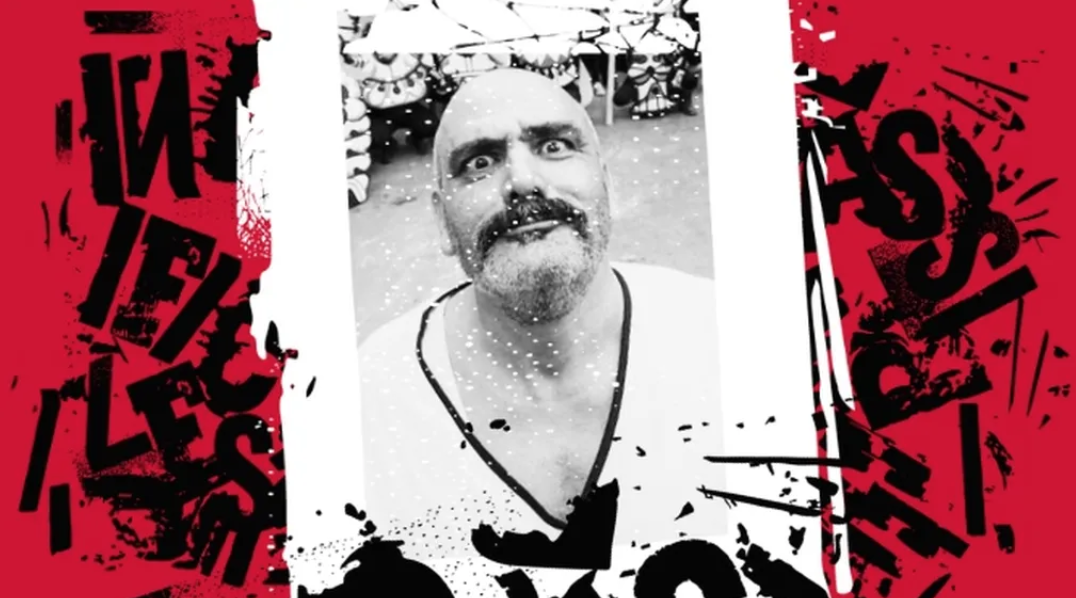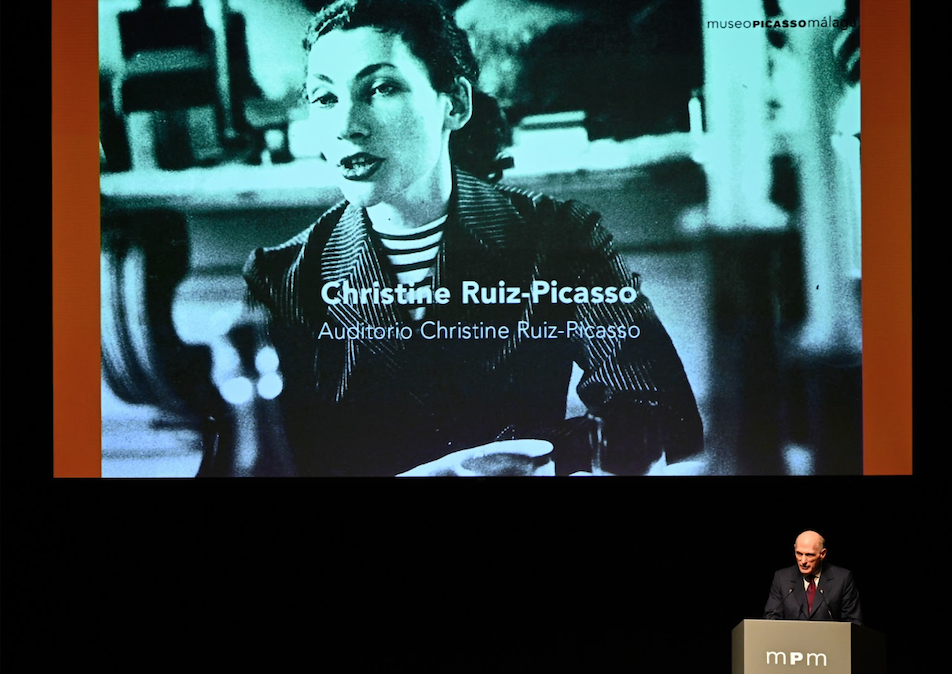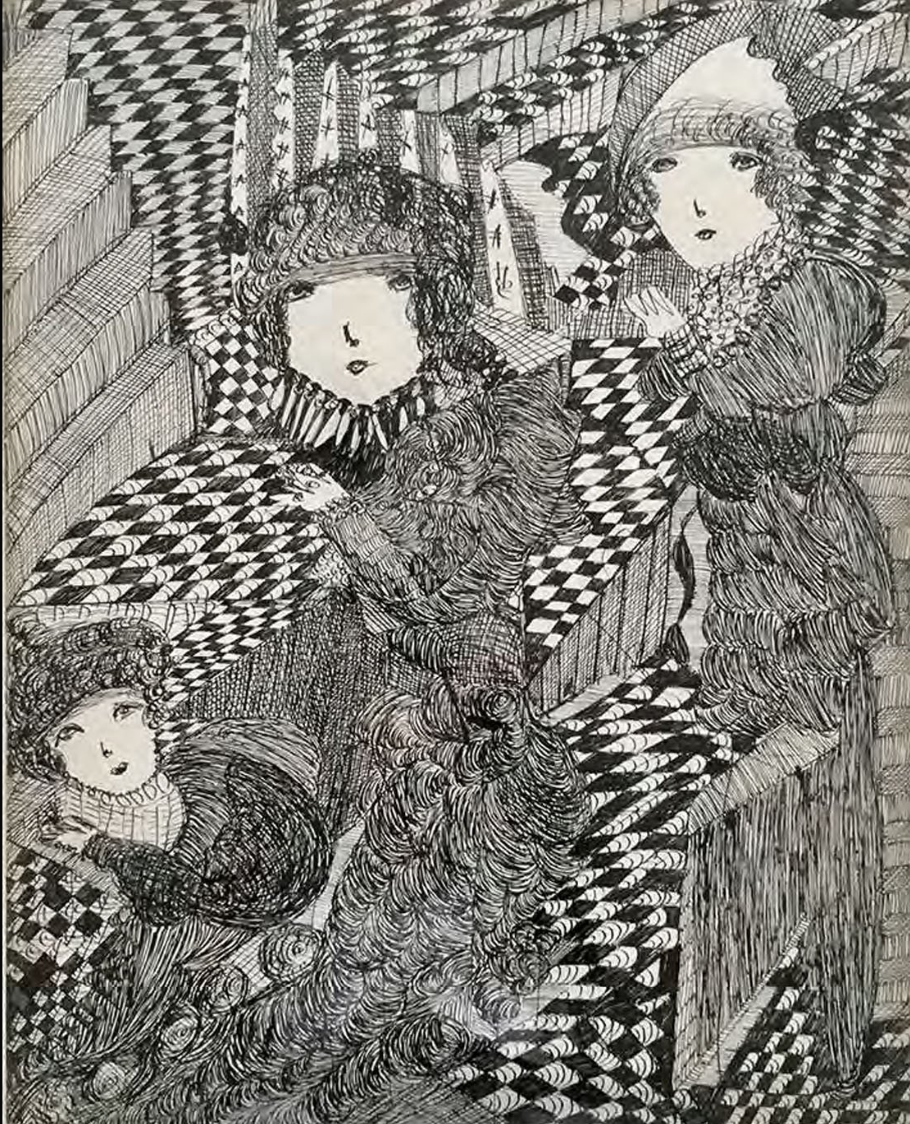Exhibitions
The Memorial Museum of Exile exhibits the look of Philippe Gaussot
The exhibition is an opportunity to learn about Gaussot's work and the extent of the humanitarian work with refugees deployed by the French Catholic Church since 1937
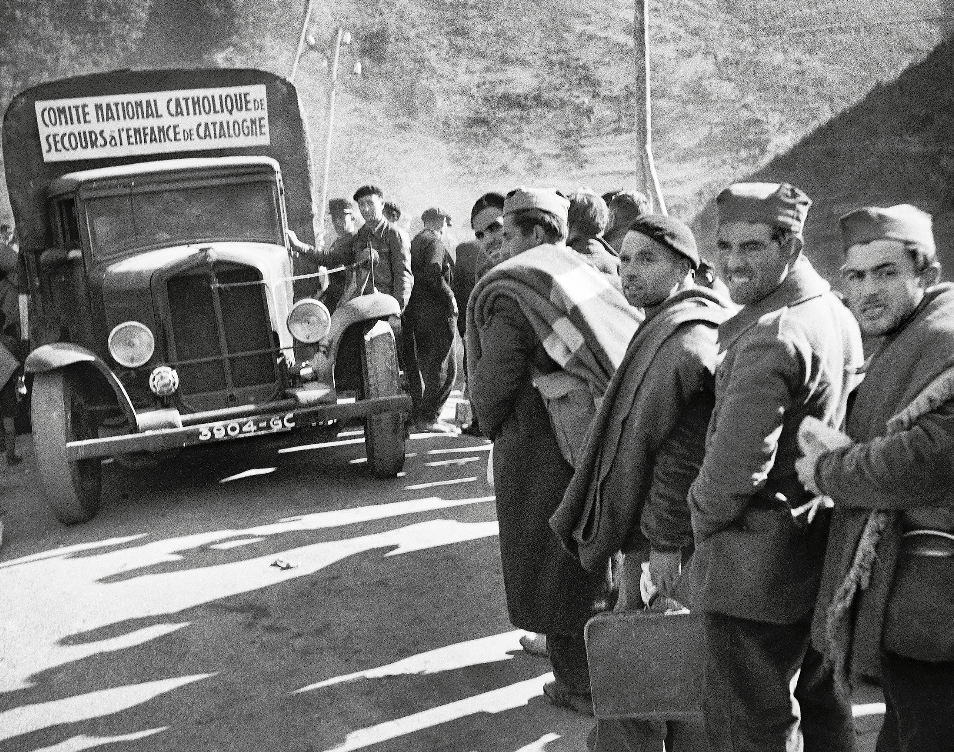
With the aim of recovering unpublished aspects corresponding to the final phase of the civil war, the Exile Memorial Museum now offers us the possibility to see a hundred photographs taken by the humanitarian activist Philippe Gaussot, discovered by his son Jean -Philippe in a suitcase when his father died.
The case of Philippe Gaussot (Belfort, 1911 – Chamonix, 1977) is very interesting because it provides a unique look at little-known episodes linked to humanitarian aid.
Despite not being a professional photographer, Gaussot demonstrates remarkable technical solvency and his snapshots illustrate the work done by groups such as the National Catholic Committee (1937-1940) in favor of Basque and Catalan children taken in by French colonies and also show the exodus of the exiles through the mountain paths and their disappointing reception in the concentration camps of Roussillon.
Curated by director and film maker Felip Solé, the exhibition is structured in two parts.
The first shows images of the homes of Basque children in three spaces located in the Gironde, near Bordeaux. These are photographs that remind us of the work done by the National Catholic Committee in favor of Basque refugees since the beginning of the civil war. These are images that breathe serenity, that capture moments from the day-to-day life of the children in the homes of the colonies where they were taken in.
The second part of the exhibition focuses on the difficult circumstances of the exile of the republican refugees. Gaussot documents the exodus of thousands of Spaniards in February 1939 and their arrival in concentration camps in Roussillon. The images are excellent in their composition and on many occasions direct the objective towards specific situations that illustrate the effort and organization of the Catholic Committee for Aid to the Children of Catalonia with its trucks and focused human team in the distribution of groceries and the transfer of refugees and, at the same time, they show often unpublished aspects of the life of the soldiers of the People's Army of the Republic on the icy beaches of the Rosselló concentration camps.
The disorder of the exodus or the anxiety and distress of the fugitives contrasts with the pride, dignity and, above all, combativeness that is captured in Gaussot's images, which go beyond simple documentary value to acquire an undeniable value artistic
Philippe Gaussot. Photography and humanitarian work with refugees from the Spanish War can be visited until February 28, 2014.




